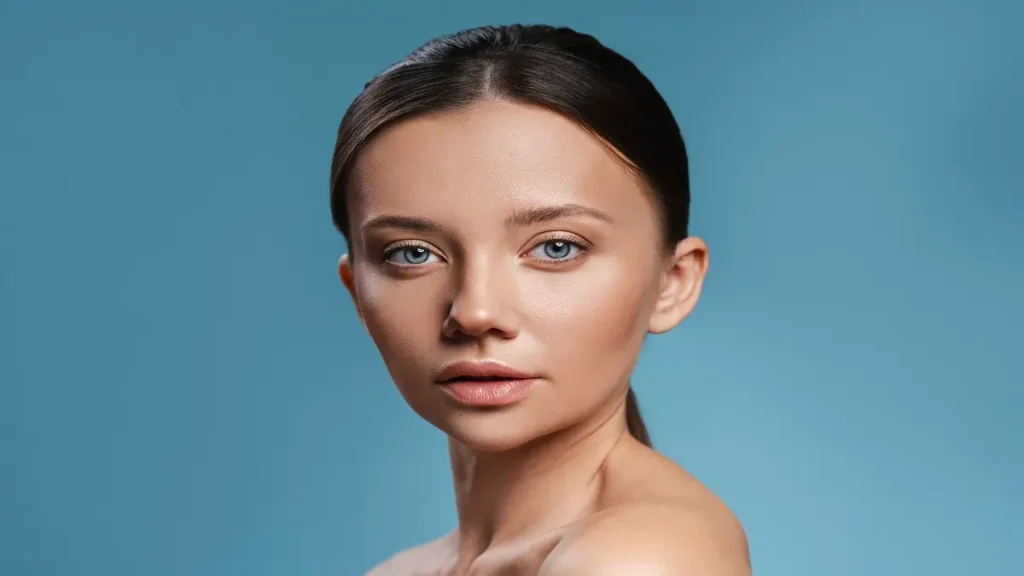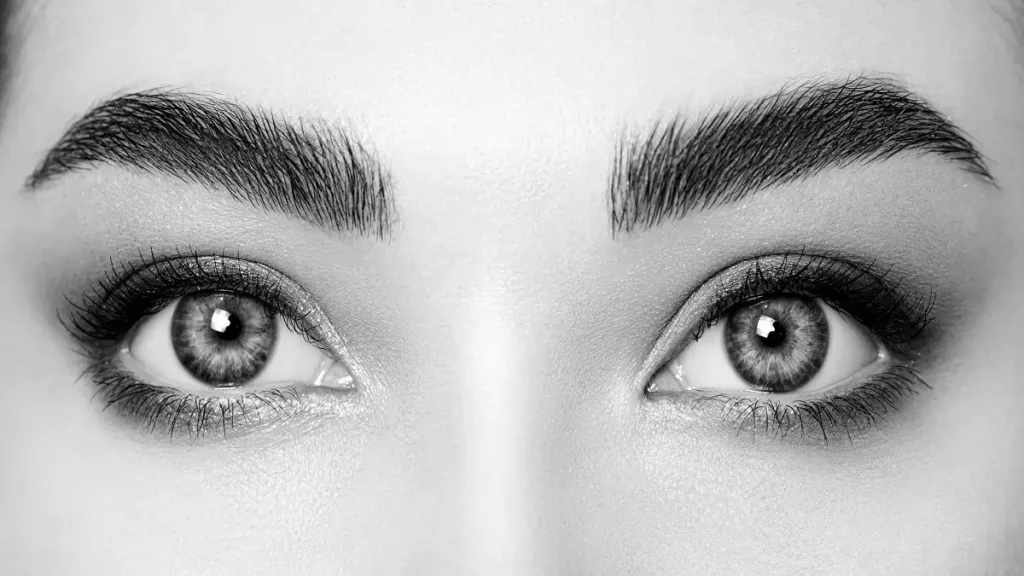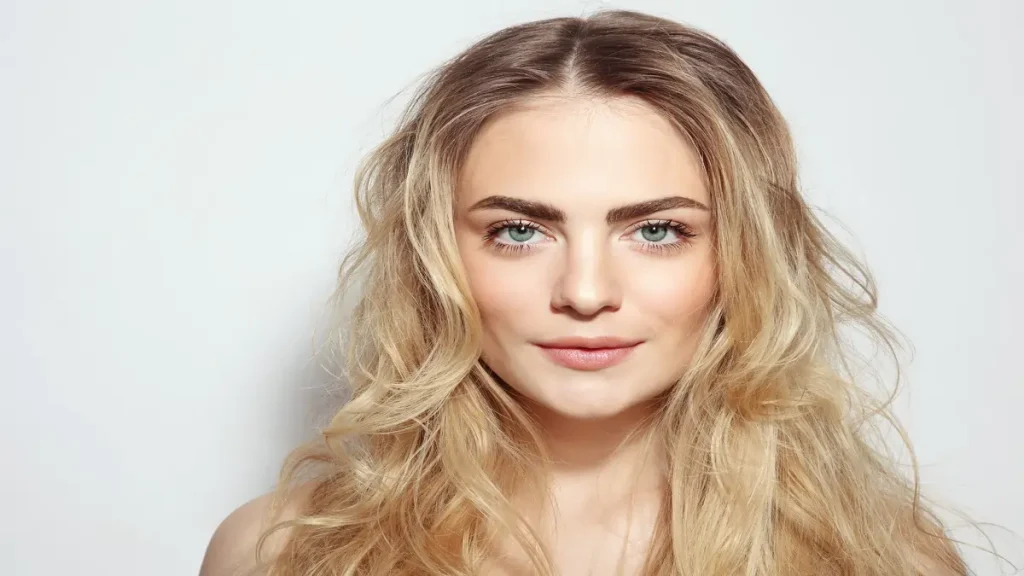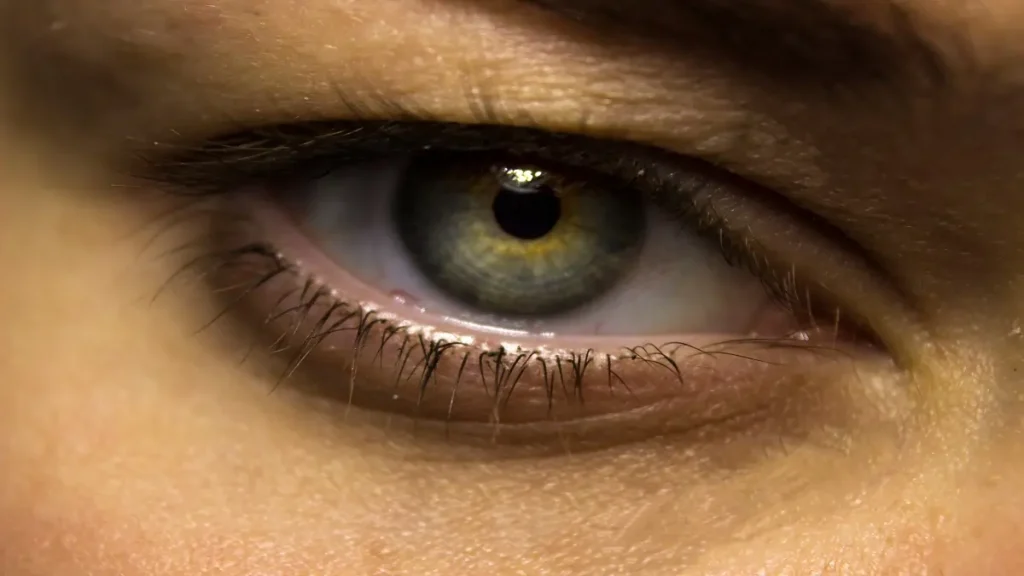Lower Blepharoplasty
What is lower blepharoplasty? Lower blepharoplasty is a surgical procedure performed to address signs of aging in the lower eyelid area. The purpose of this procedure is to enhance the appearance of the lower eyelid by reducing puffiness, removing excess skin, and tightening the surrounding tissues. During a lower blepharoplasty, the surgeon makes small incisions […]









